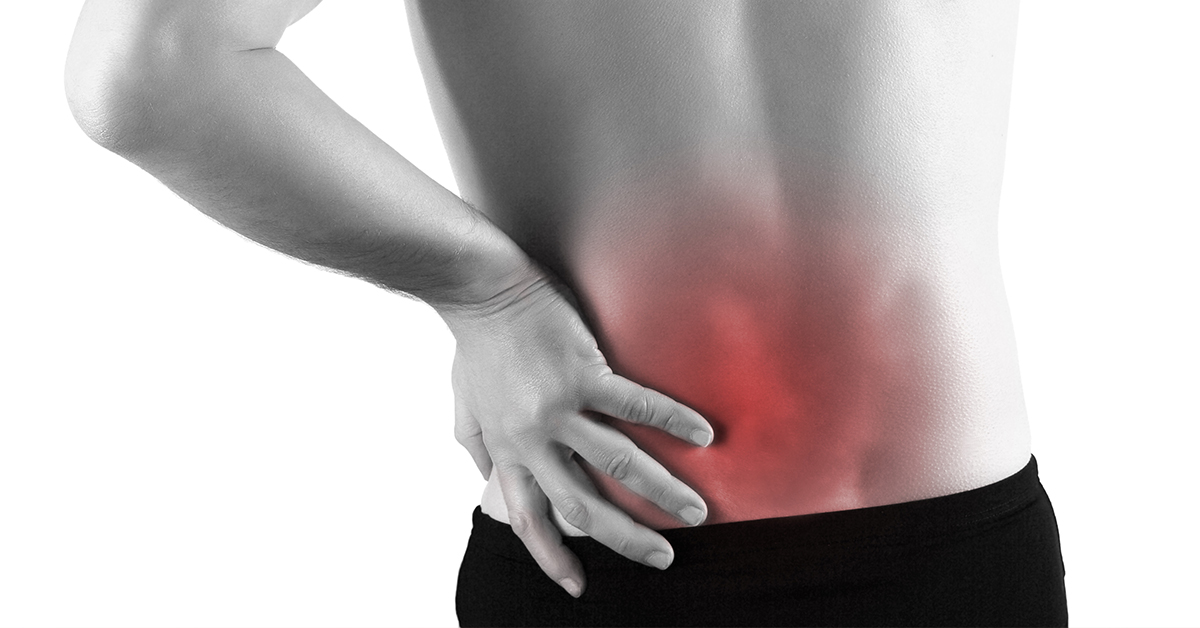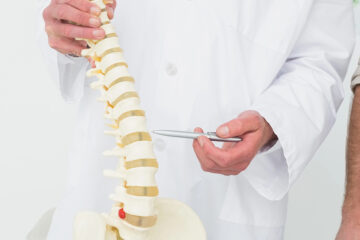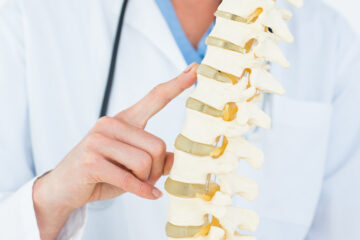Where Back Pain Begins


What are the Vertebral Discs?
Vertebral discs separate the vertebrae in your spine, acting as shock absorbers for the spinal column by providing a cushion between the vertebrae. These discs are made of tough, elastic material that allows the spine to bend and twist naturally. The tough outer wall of the disc is called the annulus fibrosis, while the soft material contained inside the disc wall is called the nucleus pulposis.
Vertebral Disc Wall Weakness
Despite their strength and elasticity, vertebral discs can be damaged by injury or everyday wear-and-tear from aging. Often, this damage starts with cracking and weakening of fibers in the disc's annulus fibrosis. Radial tears can form in the disc wall, in or near sensitive nerve fibers.
Nucleus Pushing Through The Vertebral Disc Wall
As the outer wall weakens, the nucleus pulposis will push through the wall's tear to the edge of the disc wall. This additional pressure creates back pain at the level of the affected disc.
Pressure Against Nerve Roots
If the nucleus pulposis pushes through and out of the disc wall's outer edge, it's called a herniation or a rupture. This herniated disc material may put pressure against the nerve roots near the disc, which can cause radiating pain to travel down one or both of the legs.



